End of August Training Tips for Better Fall Races
I took over the leadership of the Rock ‘n’ Roll Oasis Montreal Marathon & ½ Marathon about six months ago, but I’ve been running for seven years. I started on a treadmill at the gym and then moved outdoors around four years ago. First, during summer time only, and more recently, year-round. I try to get out a few times a week.
Even though I’m a race director, I’m always looking for ways to improve my race times.
There are countless posts listing physical race preparation tips, from adjusting one’s diet, to choosing the perfect gear and training plan. Each of these aspects is critical to completing a challenging race—but a few additional tactics may provide some valuable added help, especially as the season draws nearer.
Here are my top five:
1. Commit
This seems obvious, but so often I tell myself I’ll do something and then delay taking action in a bid to keep my options “open”. And I know too well that to increase a runner’s motivation, it’s best to do the exact opposite. So I’ve learned to commit. I also “talk it up” to friends, colleagues and acquaintances alike, since a public commitment is more likely to provide additional drive. And who knows, this may also help garner a cheering team to welcome you at the finish line.
2. Get in the Groove
Routine is (almost) everything for me. Summers bring exciting times that are rich in opportunities for activities, be they with family, friends, or coworkers. It’s also the time when many of us take long(ish) vacations and break from a strict weekly routine. Regardless of the situation, I always manage to fit regular runs since it’s possible to do so almost anywhere, and with minimal gear, set up and planning. The simplicity of this sport is one of the aspects that makes it so appealing! So don’t let the summer temptations pull you away from getting into your running groove. Rather, incorporate a run within any and all your summer activities, and don’t miss a beat.
3. Find Some Green
Since I run year-round and live in Montreal, I experience all kinds of surfaces, from hard pavement to icy snow-packed tracks, to dirt trails, to green grass. And finally having the chance to run on grass in one of our majestic city parks is what I really look forward to. It also provides another advantage in my preparation for a fall run—it is soft on the knees, which is a key benefit highly sought after by most of us over 30! Further, grass terrain slows me down, and so I have to put in more effort to maintain my pace. The great news is that after training on grass—the pavement feels nothing short of “bouncy” and my pace will naturally quicken come race time, in the fall.
4. Keep your Head High
Late August weather usually offers great running conditions, but the heat can exhausting and take a toll on my running form. So I have to remind myself to keep my head high, feet flat and hold-in my stomach (!), even when I’m mostly focused on clearing the sweat from my eyelids. Maintaining the correct stance is critical to run efficiently and avoid any injury that might compromise one’s main objective: to be ready for the upcoming fall race.
5. Take Notice
I love to feel a light mist when I’m out for a morning run, or hear kids playing ball at the park when I get out early in the evening. The sun becomes my running mate in the summer, and the trees, with their merciful shade, acquire a whole new significance. I make it a point to notice the signs of summer, to anticipate them as “markers” on my running path. Noticing the little things in my environment helps me focus on the moment and forget everything else—which is exactly what will help me focus come race time.
The Montreal Rock ‘N’ Roll Oasis Marathon and Half Marathon is September 23 and 24th. Who’s running it? Who has run it? Let’s talk about tips and, if you have any questions, iRun will help you connect with Louis directly—ask us anything!!




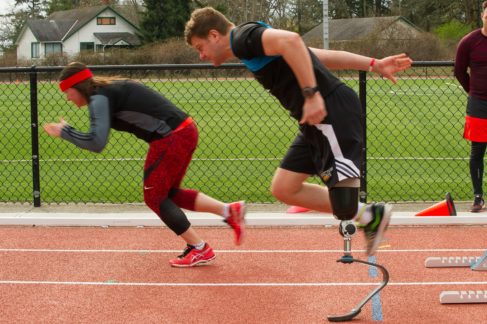
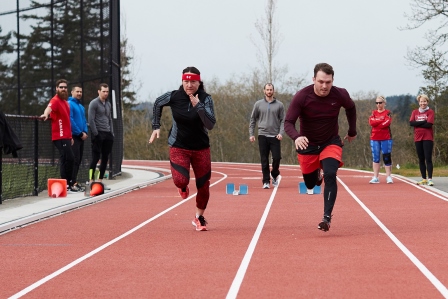
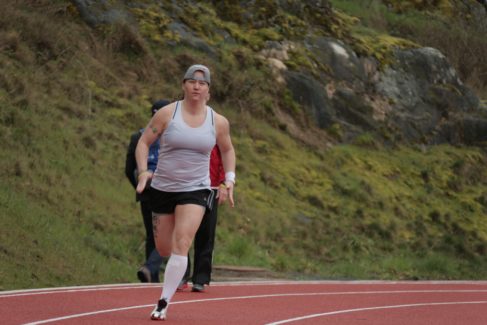





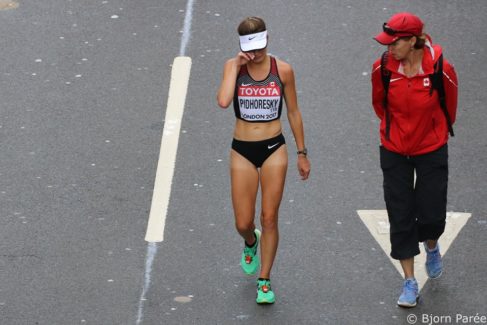



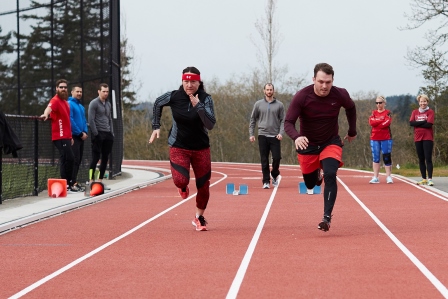
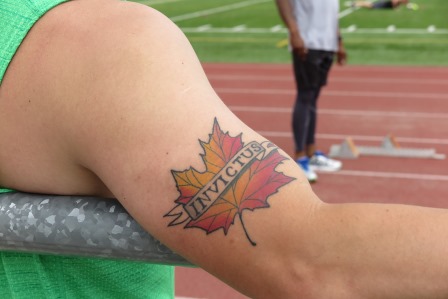

 Our Magazine
Our Magazine Previous Release
Previous Release
